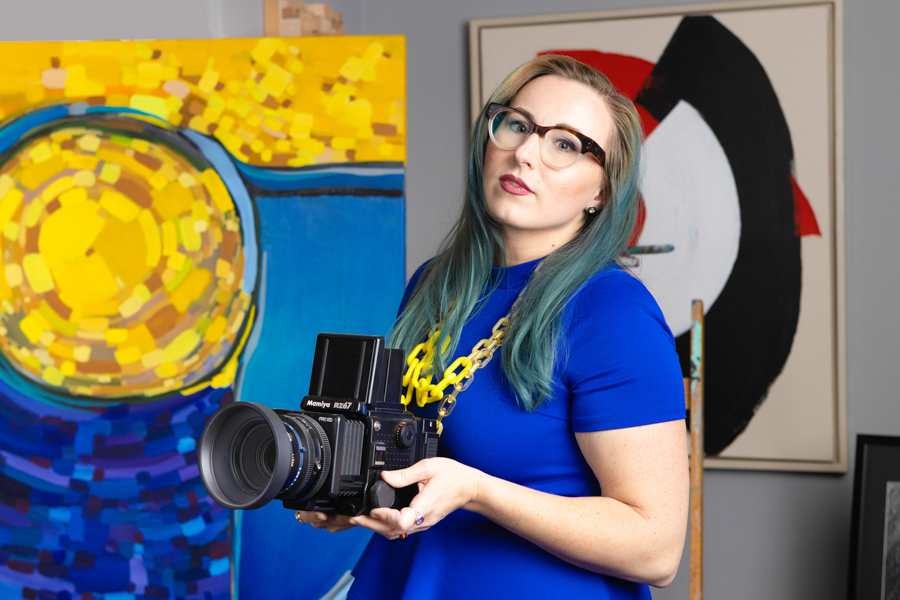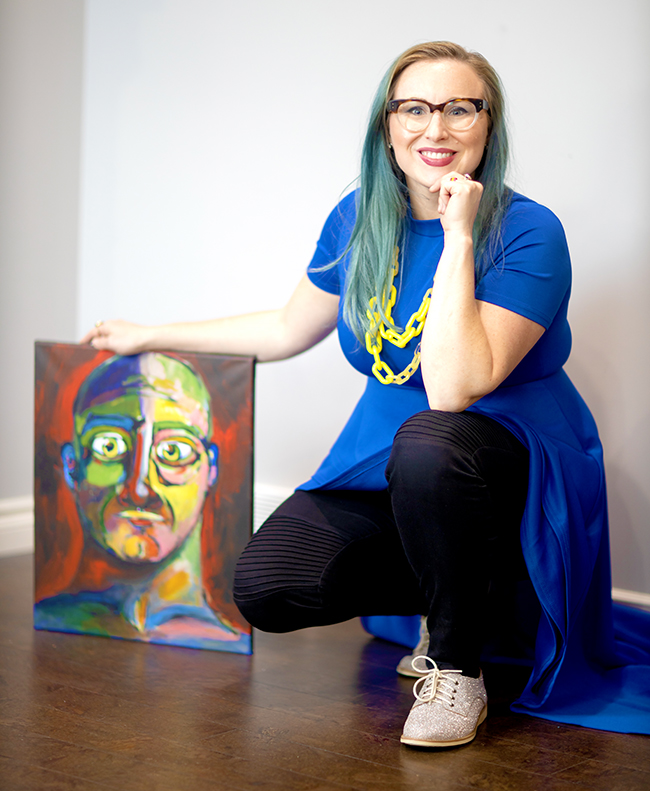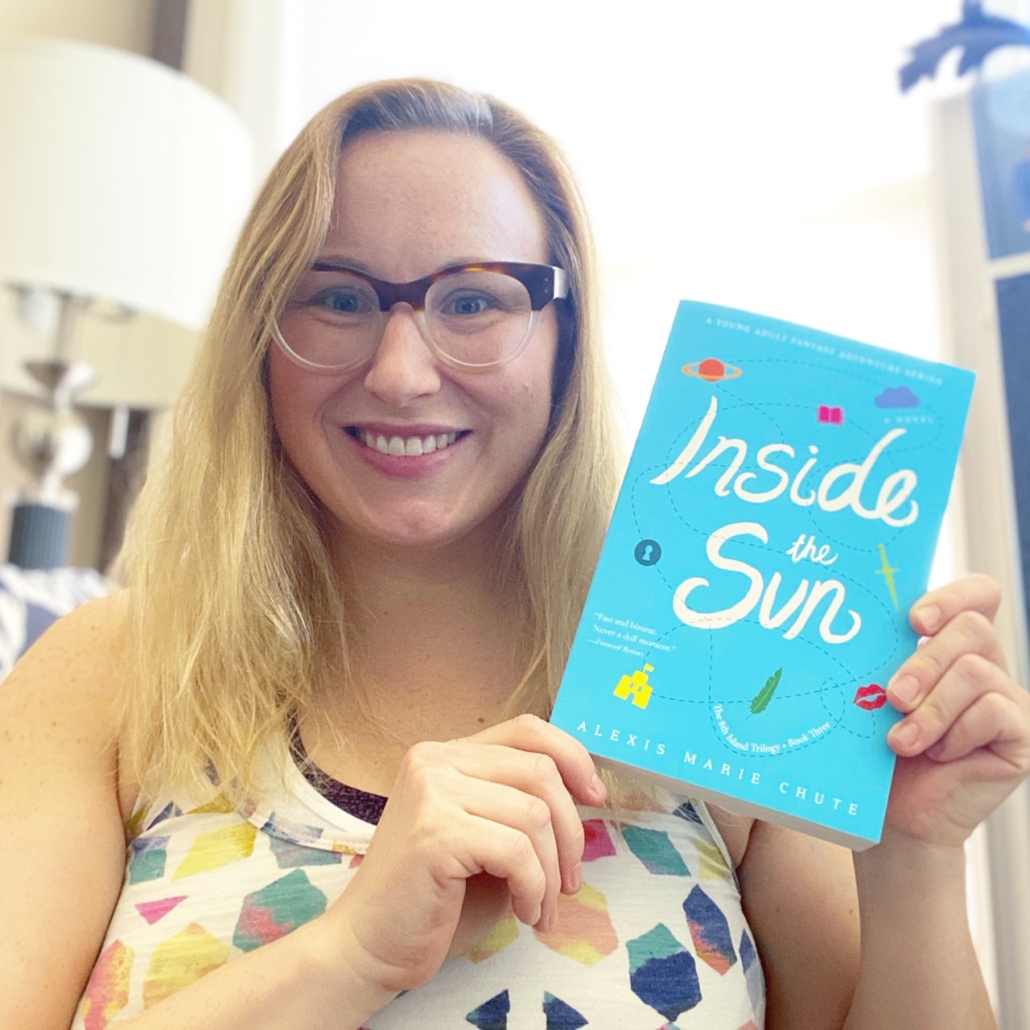Olympic Inspirations, Nathan Gafuik’s Return to the High Bar
I love watching gymnastics and the athletes at the Olympics are such a treat. Luckily I turned on the coverage of the men’s qualifications just in time to cheer for Canada’s Nathan Gafuik on the high bar. During his routine I held my breath as he fell from the bar in a particularly stunning component. As Gafuik composed himself, the commentators report that this fall has knocked him out of the qualifications, ending his 2012 Olympic run. I expected Gafuik to return to the bench, but to my surprise he instead remounted and finished his routine.
I am sure this is standard practice, but I felt encouraged to see this display of sportsmanship. It is easy in life to get knocked down, lose our footing, take a hard fall – the challenging part is getting back up. If I were in Nathan Gafuik’s place, being the emotional person that I am, I probably would have started crying and the last thing I would want to do is go back onto the high bar to finish.
People will remember the fall, but also the class and professionalism that Gafuik brings to his sport. I believe that returning to the high bar after a devastating fall is a psychological accomplishment for the athlete. They immediately ‘get back on the horse’ so to speak; they are forced to confront fear and embarrassment to complete their routine. In the end I am sure this makes all the difference for their career whether they realize it or not.

I often feel like a fallen artist. Applications come back with stale rejections; the work I pour my heart into seems doomed for my admiration only. When I compare my chosen career to my husband’s more conventional job, I feel frustrated at the difficulty for a young artist to break into the art scene and the continual need to prove yourself over and over again. Most professions do not require such exhausting self promotion.
Despite this maddening aspect of my chosen profession, I feel encouraged by the sportsmanship of the Olympic athletes. They fall, but pull themselves up at once and finish. It is not how many times you fall or how hard but how you finish that counts.
My wise mother often reminds me, “It’s easy to assume that great artists simply fall into a lucky break, but they would probably tell you otherwise. We don’t get to see all the years of labor, tears and mounds of rejection letters that brought them to the level that they have achieved.”
Never give up. Let’s psychologically strengthen ourselves as creative individuals, immediately pull ourselves back up onto the high bar, back into our passions and return to our routine as if our art depends on it. And it does.













